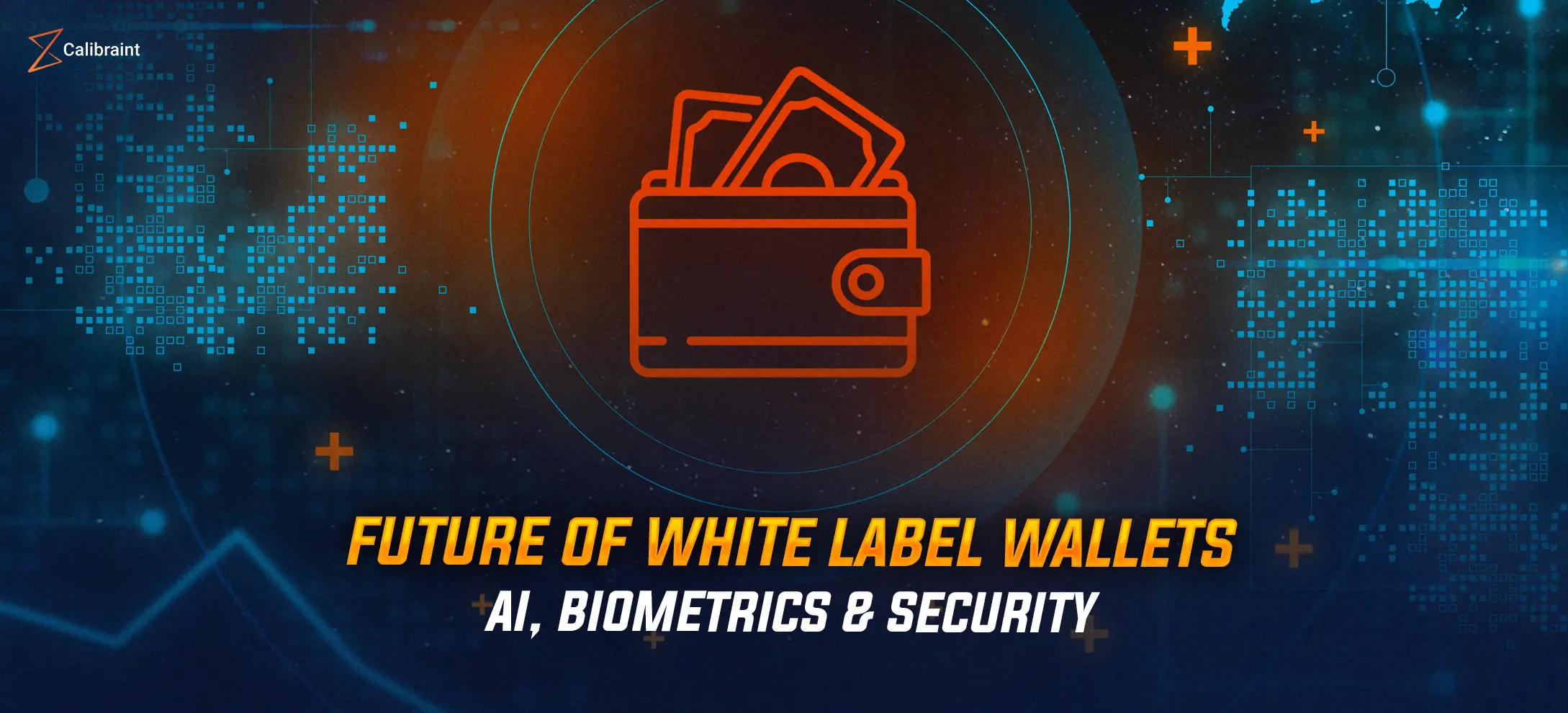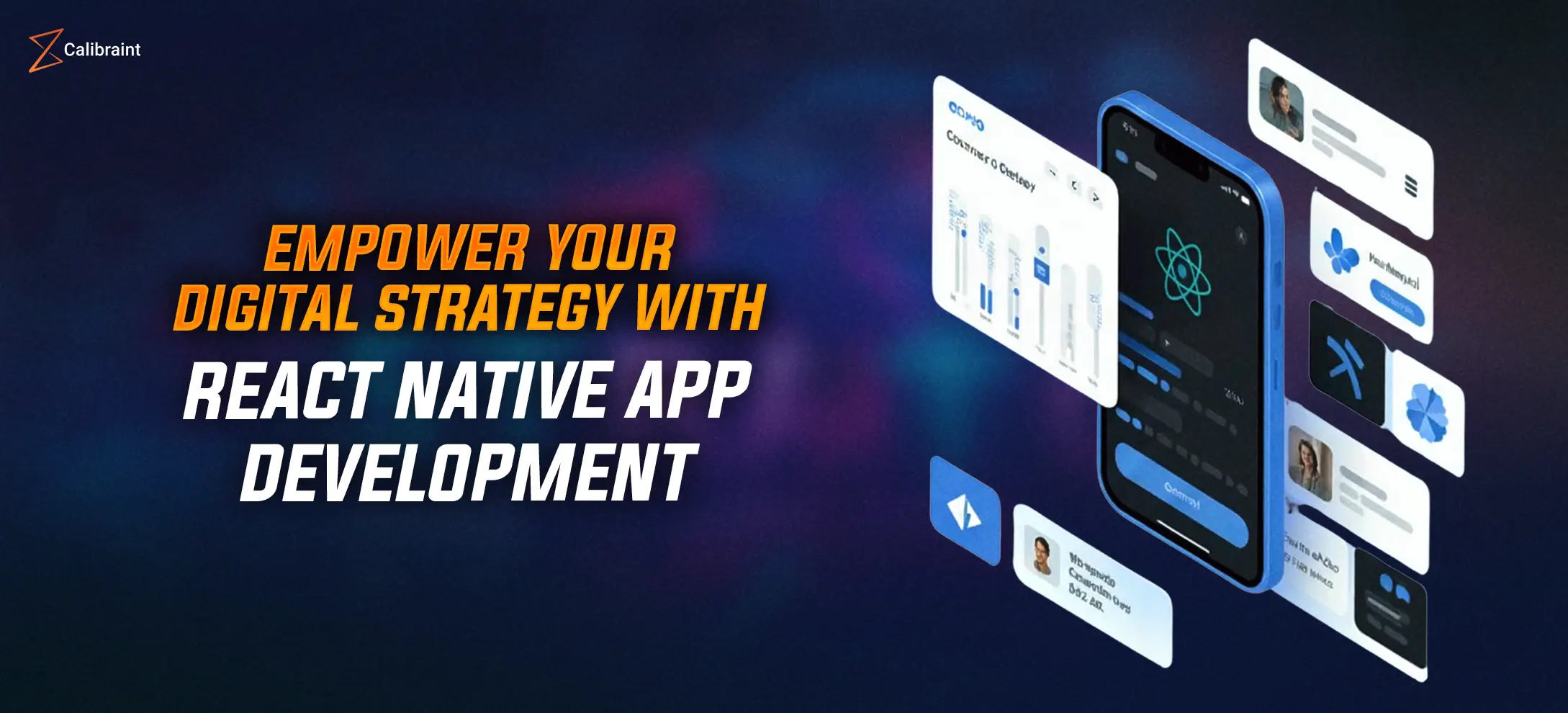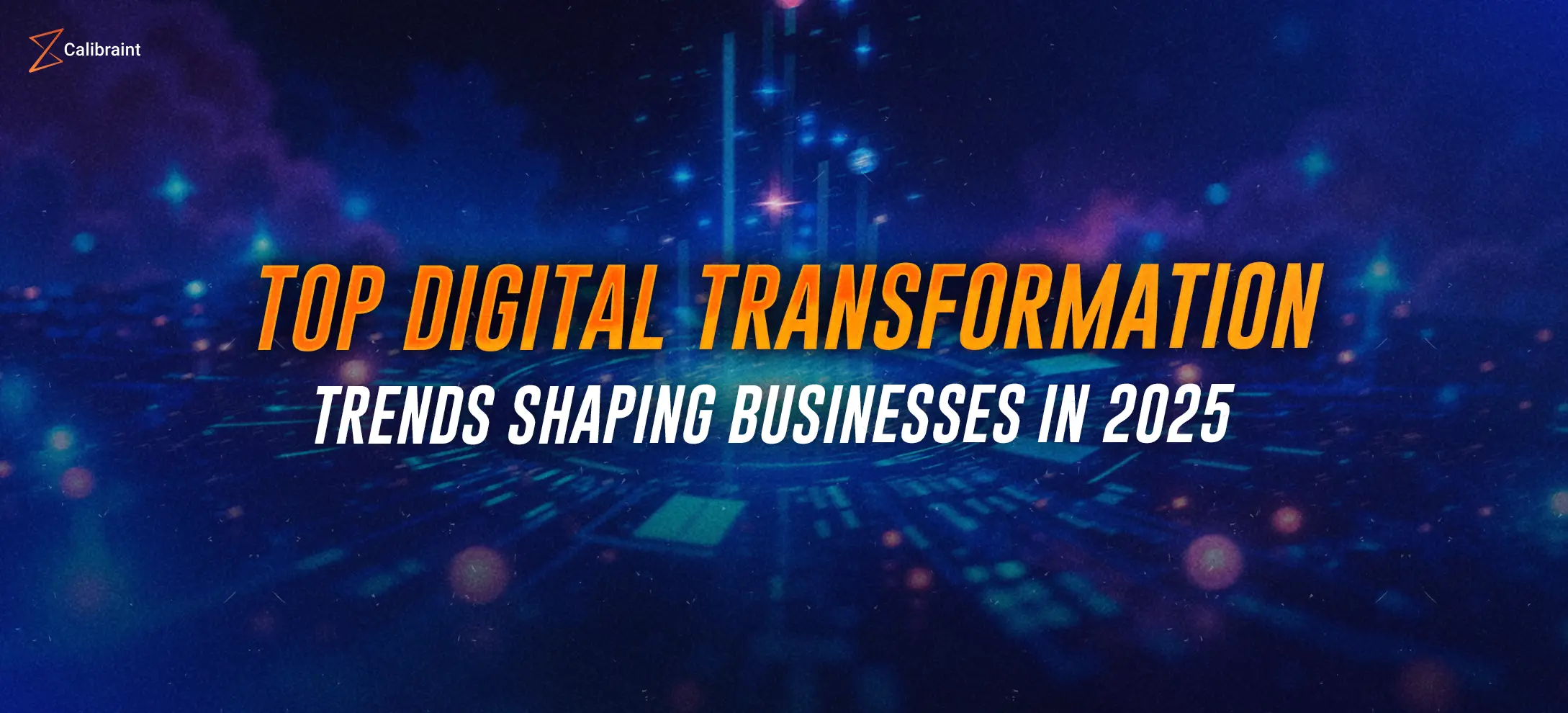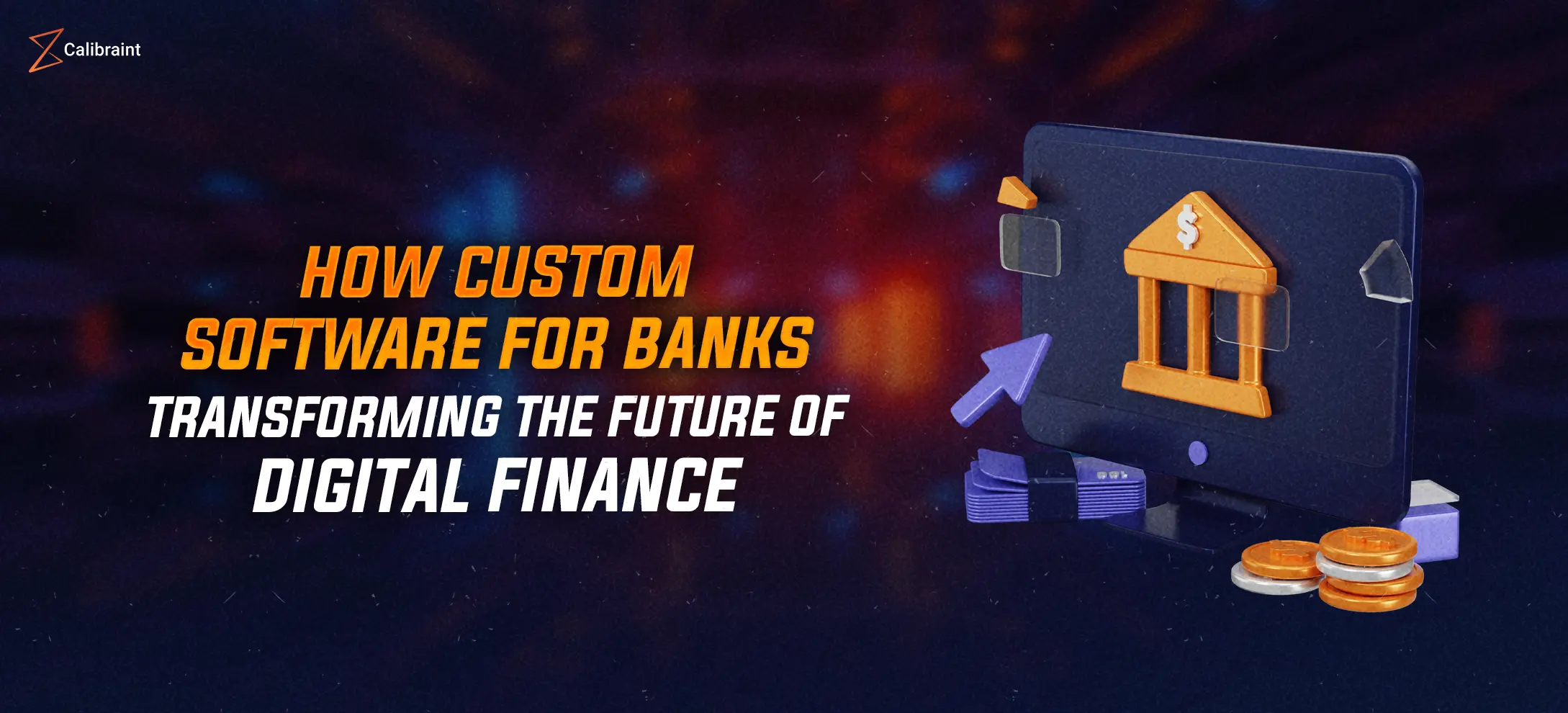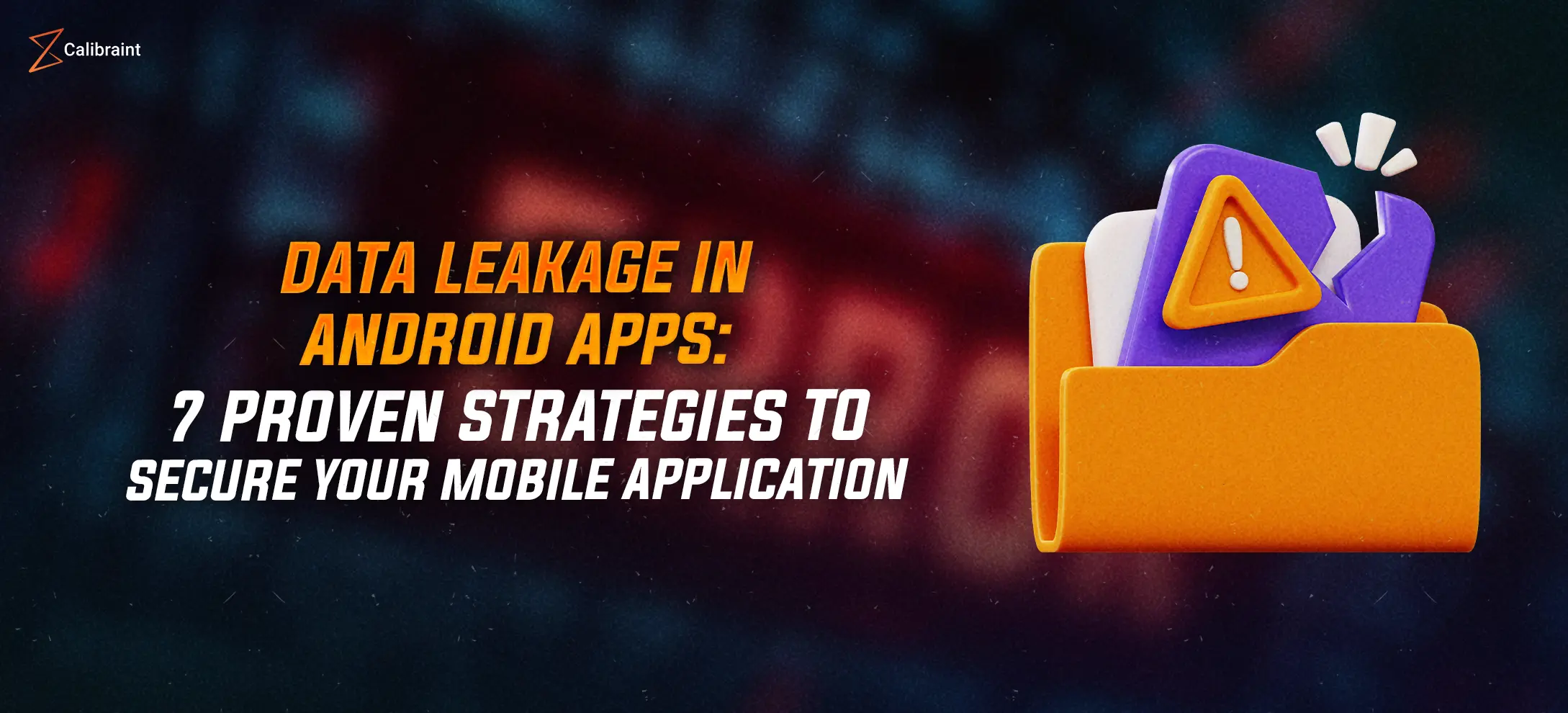How Calibraint Builds Secure & Scalable Backends with Node js & Python

In today’s fast-paced digital world, the heart of every successful application lies in its backend infrastructure. Whether it’s handling millions of users, enabling real-time data exchange, or protecting sensitive information, a strong backend ensures everything runs smoothly. And that’s exactly why businesses are turning to backend development with Node js and backend development with Python — two powerful technologies that balance speed, scalability, and security.
At Calibraint, we bring these tools together with deep expertise and smart engineering to craft backend systems that are built to last. In this blog, we’ll walk you through how we do it — from the tech choices we make to the strategies we apply.
Understanding Backend Development: The Engine Behind Digital Experiences
Backend development is what powers the invisible side of any digital product. It manages everything behind the scenes — from database transactions and server communication to security and logic processing. It’s what keeps an application running when users interact with the frontend.
A reliable backend ensures:
- High performance under varying loads
- Protection against external threats
- The ability to grow with user demands
- Easy updates and long-term maintenance
Choosing the right stack plays a major role here, which is why backend development with Node js and backend development with Python are so widely adopted — and why we use them at Calibraint.
How Calibraint Uses Node js for Scalable Backend Architecture
We rely on Node js for projects that demand lightning-fast performance, low latency, and real-time data processing. Here’s how we make it work:
1. Non-blocking I/O for High Performance
Node.js uses a single-threaded, non-blocking architecture that handles thousands of simultaneous connections efficiently. This is ideal for APIs, chat systems, and real-time dashboards. At Calibraint, backend development with Node js enables us to deliver lightning-fast responses — even during peak loads. This structure ensures every request is processed smoothly without slowing down the system.
2. Vast Ecosystem with NPM
One of the reasons we love backend development with Node js is the massive library ecosystem available through NPM. With over a million packages to choose from, our developers can plug in tested solutions quickly — whether it’s for security, performance, or testing. We only use well-vetted packages to maintain top-notch code quality.
3. Microservices Compatibility
Modern applications benefit from being modular — and Node.js supports this beautifully. Our team uses backend development with Node js to create independent services that talk through lightweight protocols like REST or GraphQL. We deploy them using Docker and Kubernetes, making it easy to update or scale individual parts without touching the whole system.
4. Secure Development Practices
Security is built into every step of our Node.js projects. We follow best practices like using Express.js for input validation, Helmet.js for HTTP security headers, and JWT for robust authentication. Through backend development with Node js, we also add rate-limiting and IP whitelisting to guard against DDoS and brute force attacks.
How Calibraint Uses Python for Complex, Data-Driven Backends
When it comes to computation-heavy projects or ones that rely on artificial intelligence, backend development with Python is our go-to. Here’s how we put it to use:
1. Readable Syntax, Faster Development
Python’s clean and easy-to-understand syntax helps us build complex logic faster — without making the code hard to maintain. At Calibraint, backend development with Python means we can quickly create powerful systems and iterate on features more efficiently.
2. Rich Library Support
The Python ecosystem is rich with libraries that support everything from web development to data science. For backend development with Python, we often use Django and Flask for web applications, Pandas and NumPy for analytics, Celery for asynchronous tasks, and SQLAlchemy for seamless database operations.
3. Strong Security Features
Python frameworks like Django come with security baked in. We follow OWASP guidelines and implement CSRF protection, role-based access control, and HTTPS enforcement to keep our apps secure. This makes backend development with Python not only powerful but also trustworthy.
4. Asynchronous Support with FastAPI
For high-performance APIs, we use FastAPI — a modern Python framework designed for speed. This allows backend development with Python to handle high volumes of requests without lag, which is essential for AI tools, streaming apps, and data platforms.
Scalable Backend Architecture at Calibraint
Scalability isn’t just a buzzword for us — it’s a mindset. Here’s how we design backends that scale smartly:
1. Microservices-Based Design
Our architecture revolves around microservices — small, independent modules that can be updated or scaled on their own. Combined with backend development with Node js and Python, this approach makes our systems more flexible, resilient, and easier to evolve over time.
2. Cloud-Native Infrastructure
We build and deploy on cloud platforms like AWS, GCP, and Azure to ensure uptime, performance, and redundancy. These platforms help us scale automatically, recover quickly from failures, and optimize costs. Backend development with Python and Node.js becomes even more powerful when paired with the cloud.
3. CI/CD Pipelines
Speed and stability are possible when updates don’t break things. That’s why we use CI/CD pipelines to automate testing, building, and deployment. Every code update in backend development with Node js or Python goes through rigorous checks before reaching production.
4. Database Scaling
As traffic grows, your database needs to keep up. We implement smart strategies like sharding, read replicas, and caching with PostgreSQL, MongoDB, and Redis. Whether it’s backend development with Node js or backend development with Python, our approach ensures data is always fast and reliable.
Real-World Applications and Case Studies
Case Study 1: Real-Time E-Commerce Backend
Tech Stack: Node.js, Redis, PostgreSQL
Calibraint built a scalable backend for a multi-vendor marketplace that handles thousands of concurrent users with instant product updates and real-time chat.
Case Study 2: Data Analytics Platform
Tech Stack: Python (Django + Pandas), FastAPI
A SaaS analytics tool required secure data ingestion and transformation. Calibraint’s solution involved ETL pipelines, scheduled background jobs, and secured REST APIs.
Case Study 3: Healthcare Dashboard
Tech Stack: Node.js, Python, React
Combining HIPAA-compliant backends with responsive dashboards, this hybrid stack ensured real-time data insights for healthcare administrators.
Conclusion:
Building secure, scalable, and performance-optimized backend systems is not just a technical challenge — it’s a business imperative. By harnessing the capabilities of Node js for real-time, high-concurrency environments and Python for data-heavy, complex logic, Calibraint delivers backend architectures that are both resilient and future-ready. Whether it’s a microservices-driven ecommerce platform, a data analytics engine, or a cloud-native SaaS solution, Calibraint’s engineering teams bring unmatched expertise and strategic vision to every build.
With proven experience across industries and a commitment to quality, Calibraint helps businesses grow faster, scale smarter, and innovate with confidence.Ready to transform your backend with Node.js and Python?
👉 Let’s build it together — Contact Calibraint now























